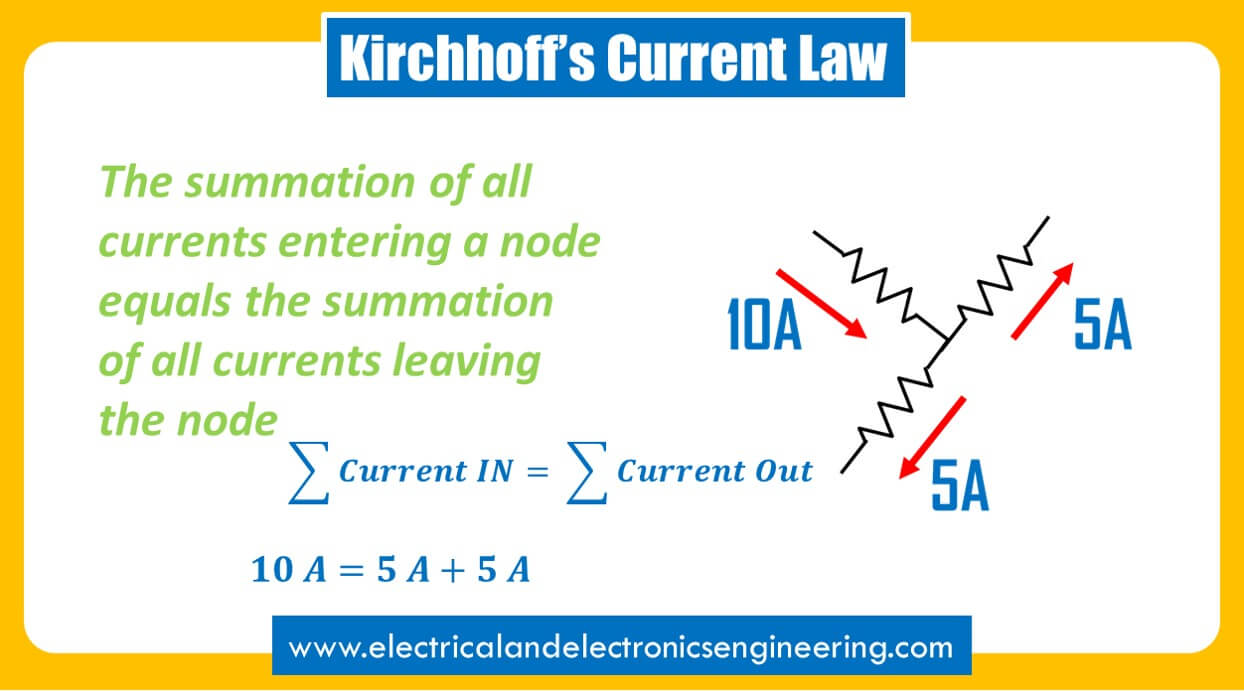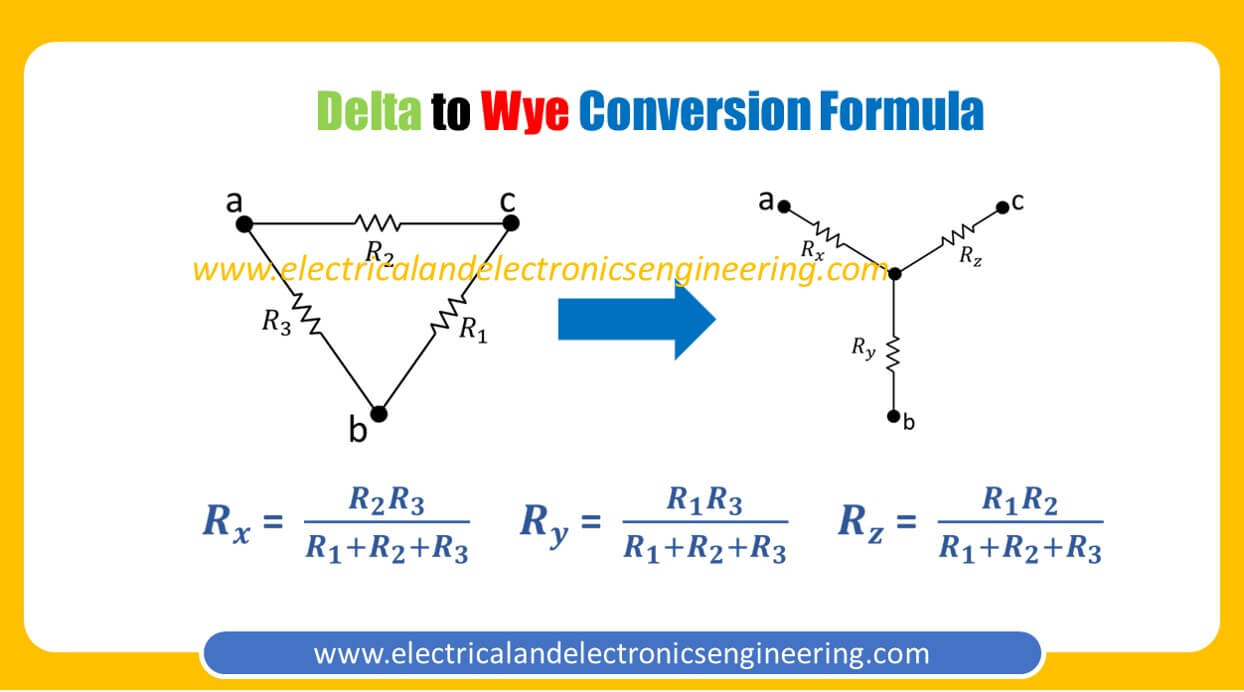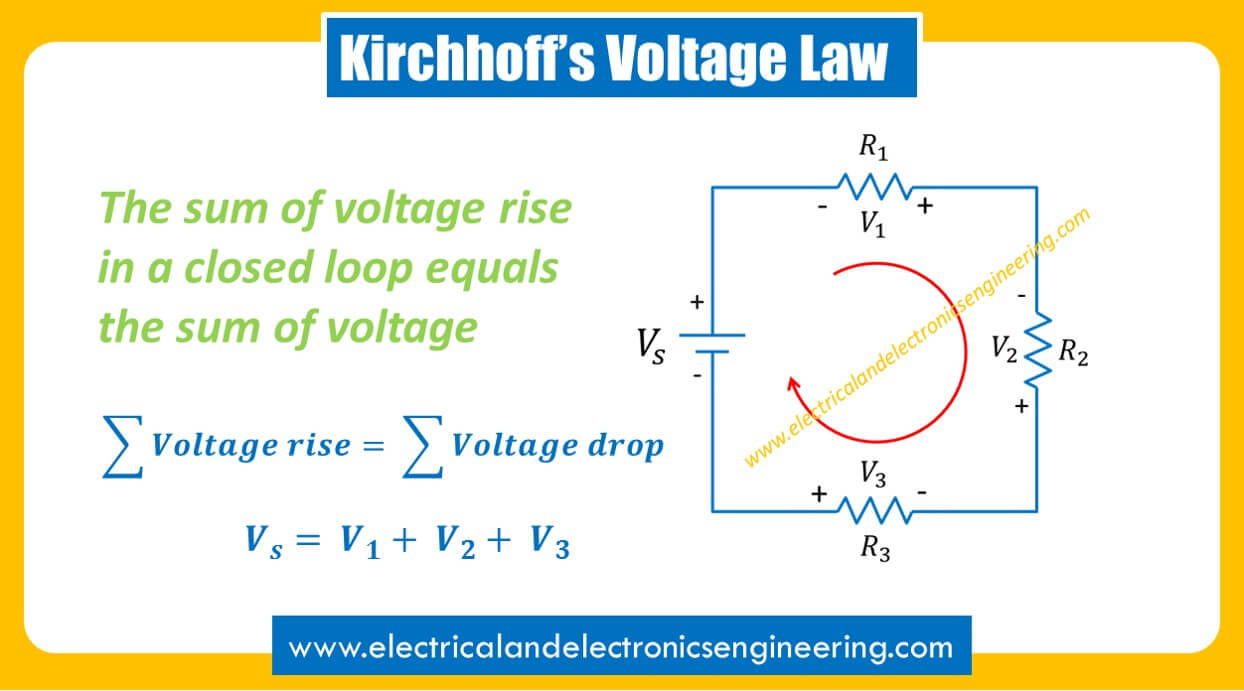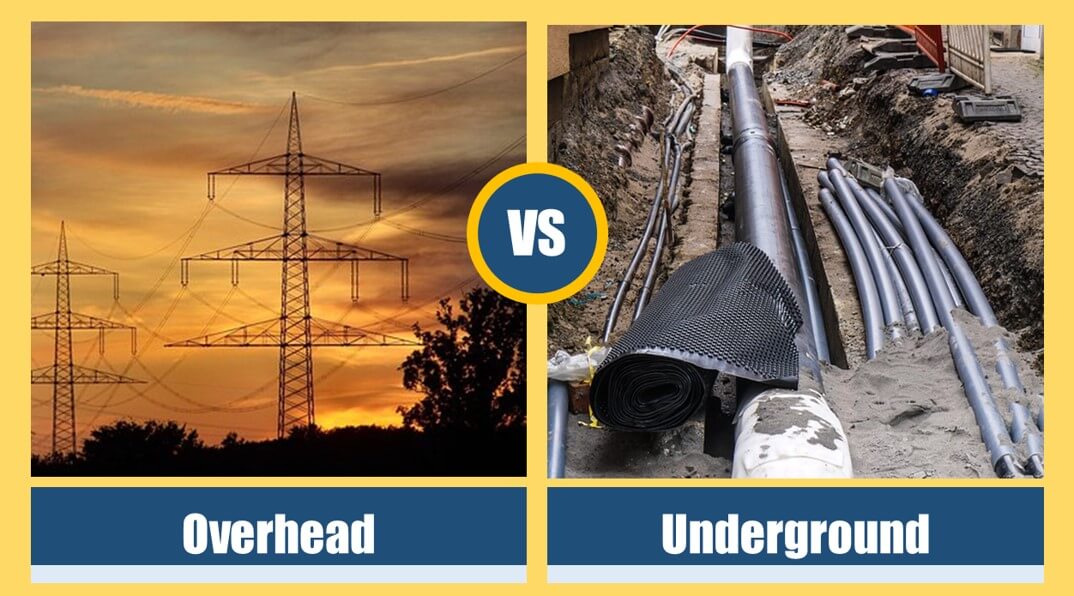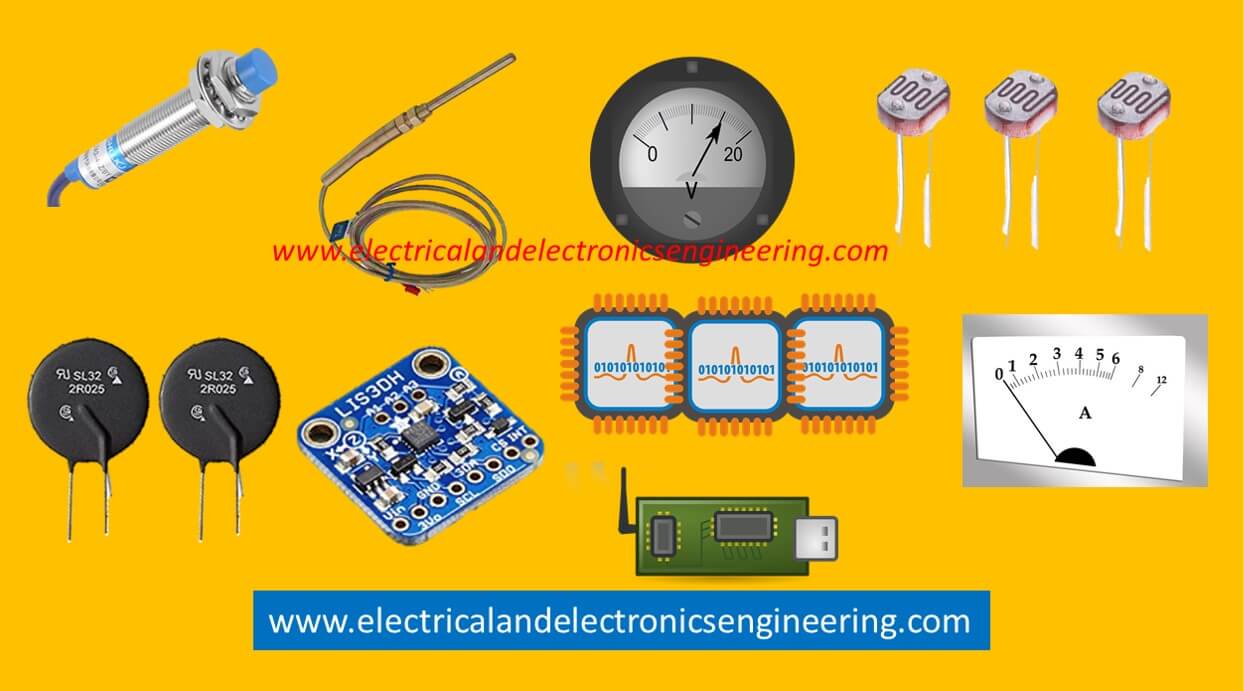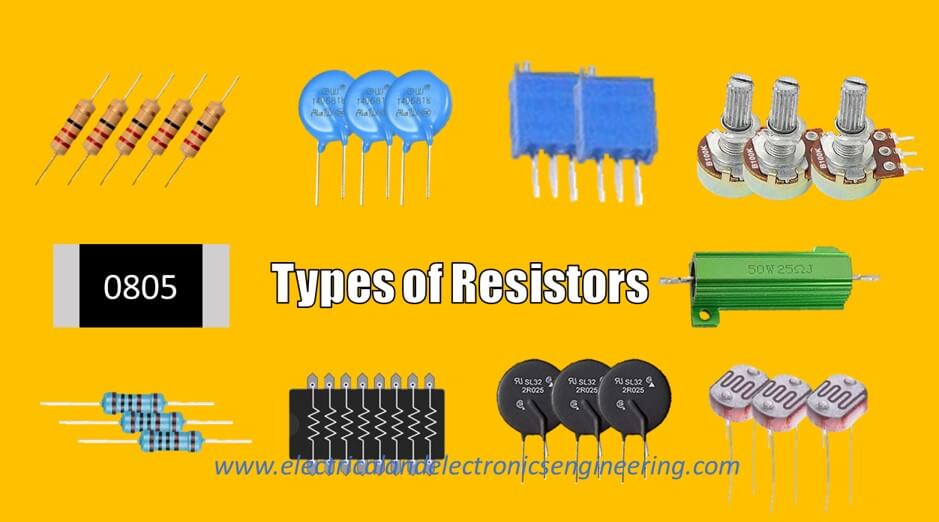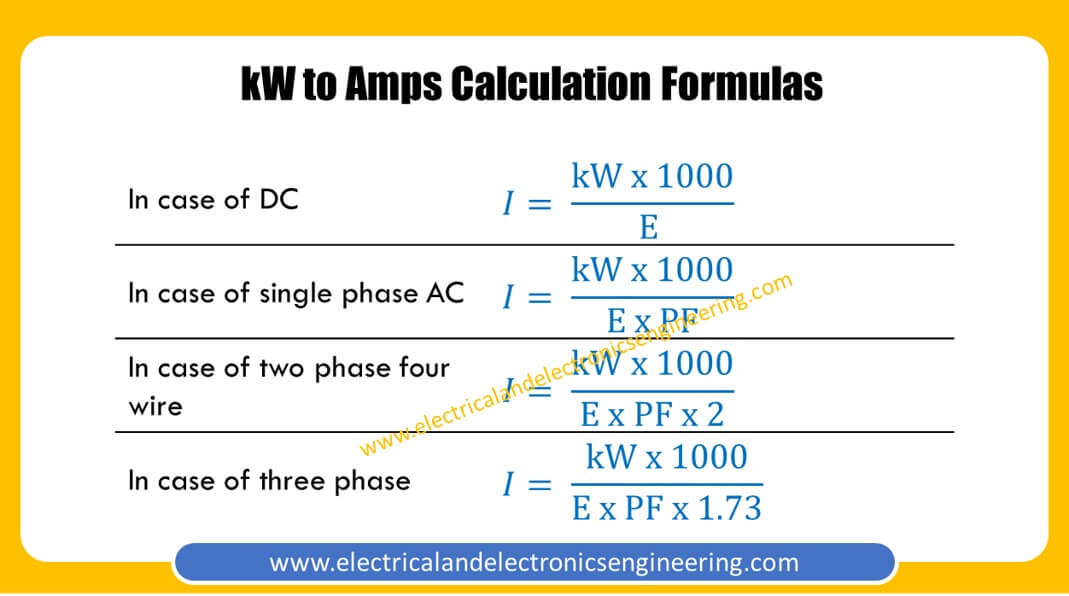Kirchhoff’s Current Law
Kirchhoff’s Current Law is one of the fundamental laws in Electrical and Electronics Engineering. Also known as KCL, the law explains the behavior of current in parallel circuits. Statement: The sum of electrical current entering a node is equal to sum of current leaving the node. Mathematically Σ Current In = Σ Current Out Let’s … Read more
